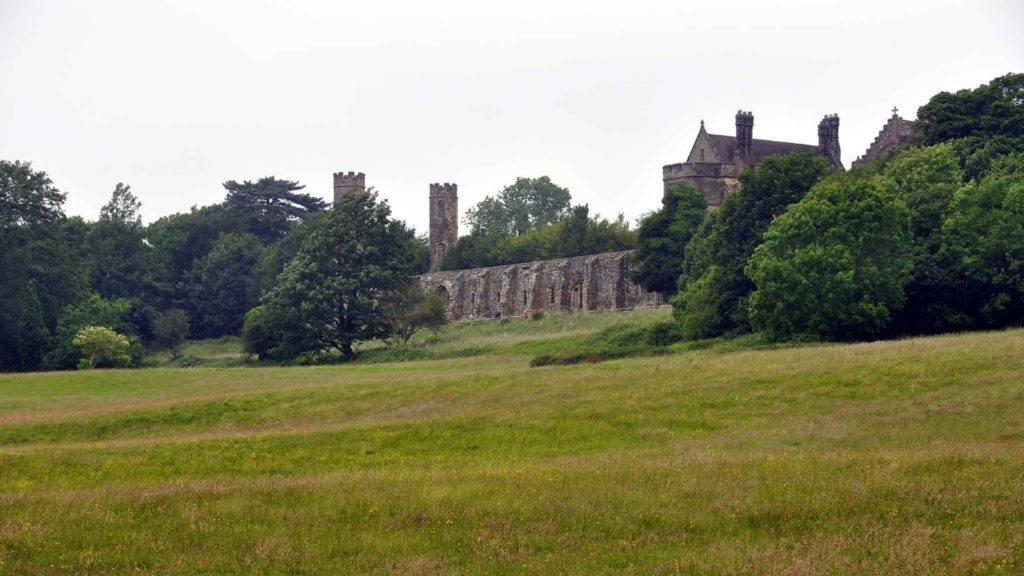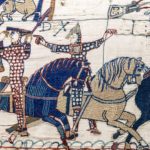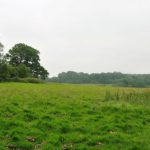Hastings
The Battle of Hastings was fought on 14 October 1066, when the Anglo-Saxon King Harold Godwinson tried to repel the invading Norman-French army of William, Duke of Normandy. It took place approximately 7 miles (11 km) north-west of Hastings, close to the present-day town of Battle in East Sussex.
Harold was killed and his defeat set in motion the events of the Norman conquest of England.
The Normans then moved around the Kent coast and advanced north, up the Thames valley, crossing the river at Wallingford and moving across the Chilterns. They then turned to advance on London from the north-west. At Beorhðanstædæ (Berkhamsted), the Saxon nobles surrendered to William. They acclaimed William King of England and he was crowned on 25 December 1066 in Westminster Abbey.
In 1070, on the orders of Pope Alexander II, William began to build an abbey church as in penance for his violent subjugation of England. The high altar is said to have been located on the very spot that King Harold fell. The Abbey of St Martin of Tours (now known as Battle Abbey) was consecrated about 1094, seven years after William’s death. Battle Abbey was virtually destroyed in 1538 during the Dissolution of the Monasteries under King Henry VIII.
Today, the field where Harold fell is a peaceful country scene. It is now a Registered Battlefield under the care of English Heritage, who provide a fascinating visitor experience, bringing to life the fateful conflict that changed English, British and European history. Visitors can also explore the ruins of Battle Abbey,






